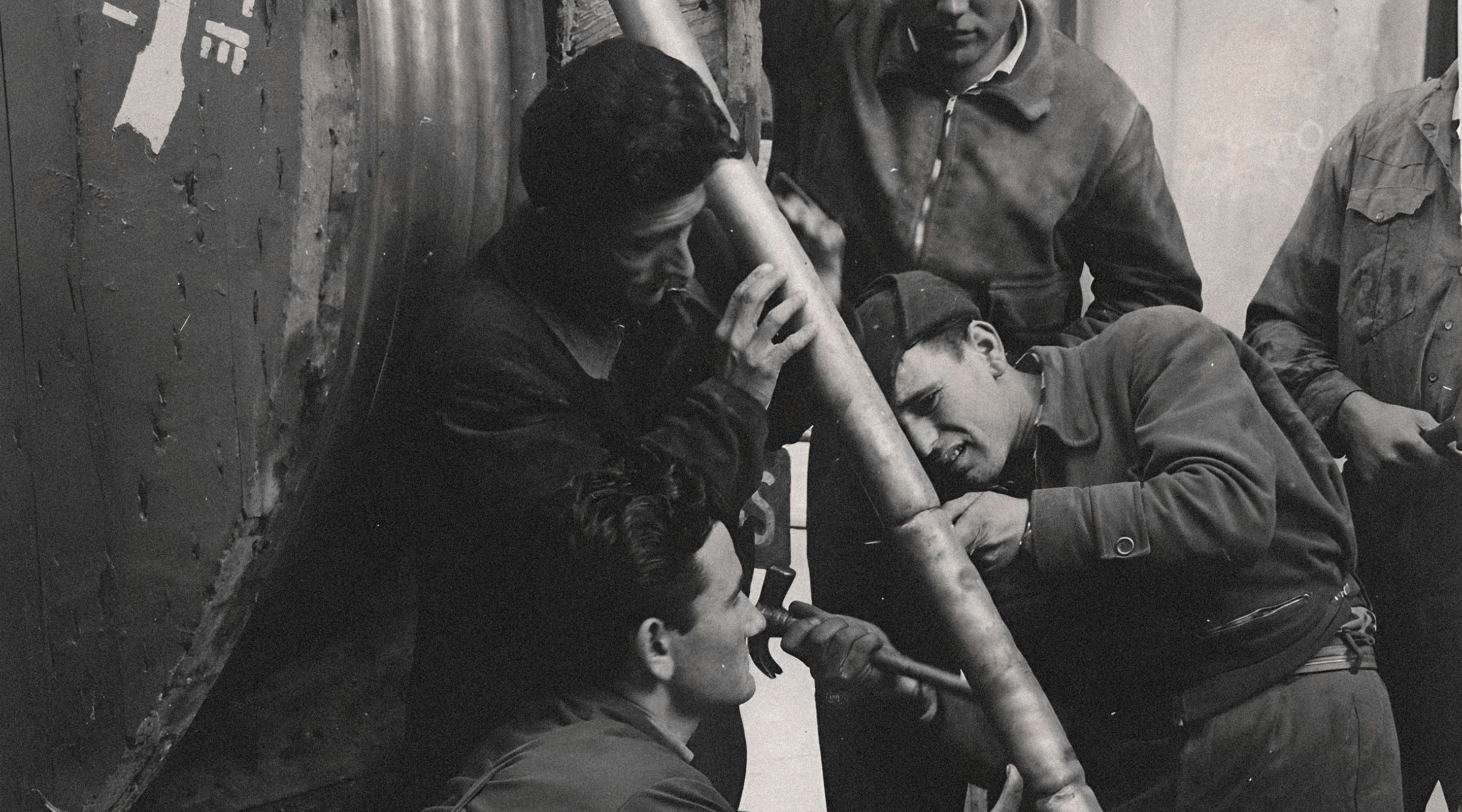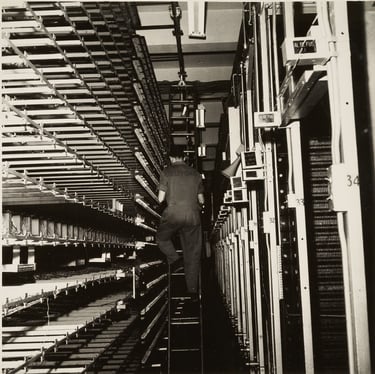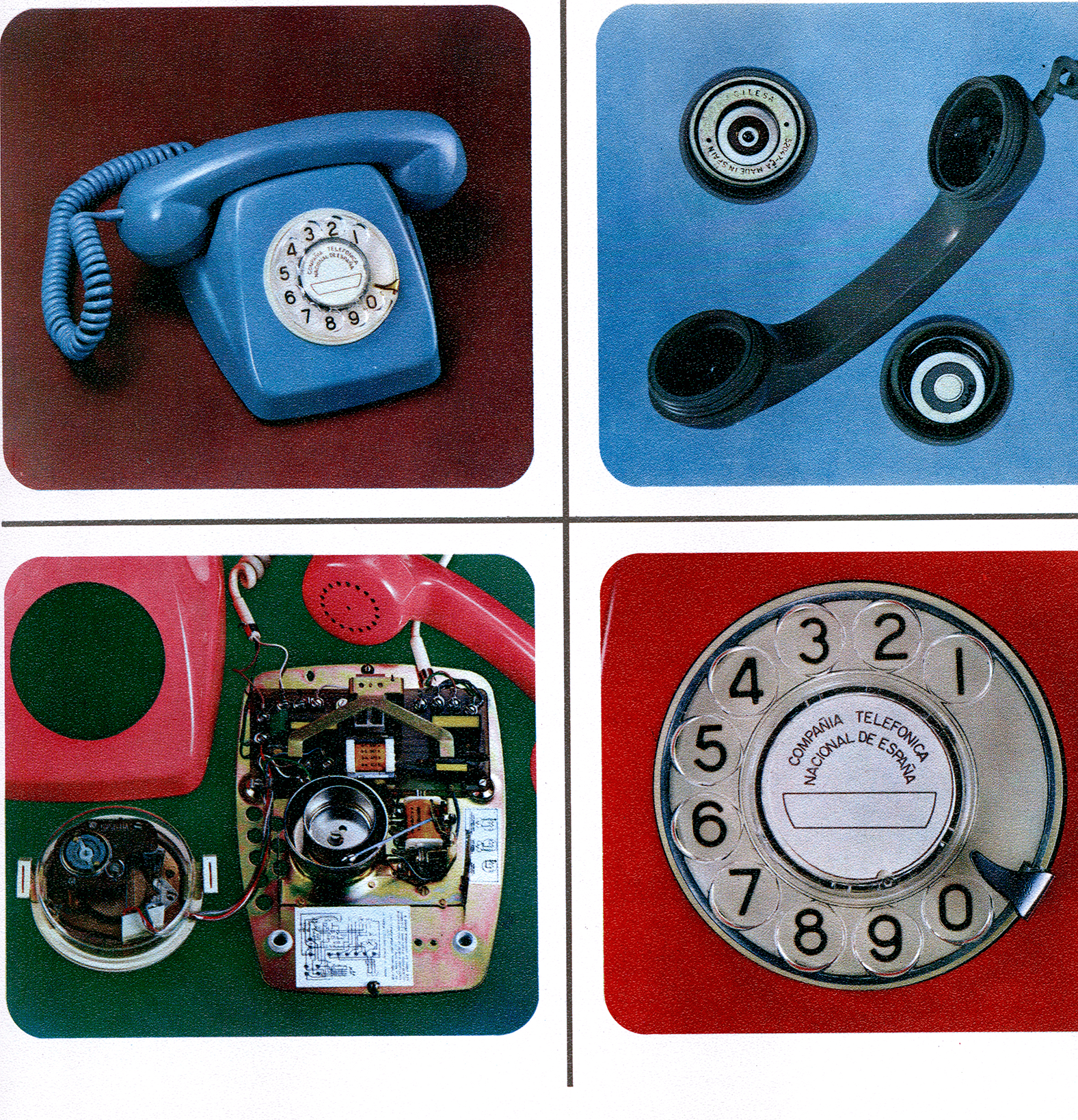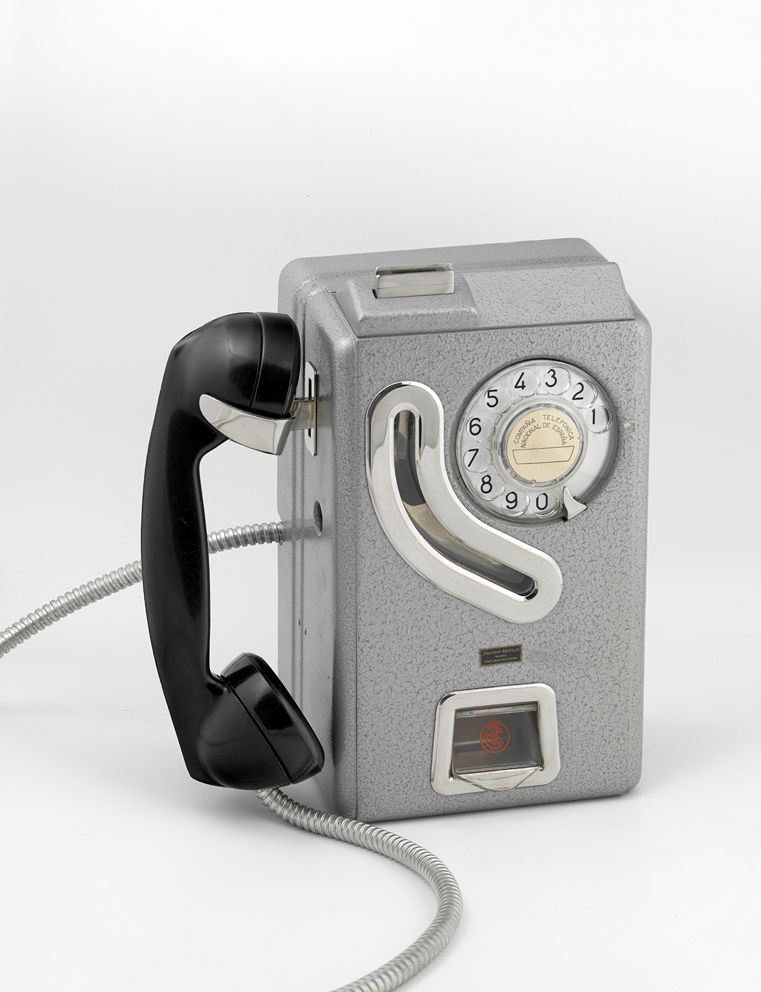
1963

The Heraldo arrives, the great handset model in Spanish homes in the 1960s. Having a telephone at home becomes commonplace and the demand for lines grows month by month. Trying to reduce waiting lists is a priority.
The Heraldo, symbol of an era, is popularised
01
Although it was in 1961 when we launched the new Heraldo telephone model on the market, this design icon became popular among Spaniards in these years. And it was in 1963 that we centralised production in a large factory in Malaga, Citesa. The 1960s and 1970s were the glory years in the history of the Heraldo telephone. Models were marketed in various colours: white, green, blue, red or grey. The "mural" model, a Herald intended to be hung on the wall, was also created. Even later, in the early 1980s, models with a push-button panel were marketed to replace the classic Heraldo wheel. The original design of this model was made by Standard Elektric Lorenz (ITT) in Stuttgart, Germany, and was named "Assistent". The Heraldo Telephone ceased production in the early 1990s. Today, however, it is regarded as an icon of 20th century industrial design.
Record telephone installation and waiting lists
02
In 1963, a paradoxical event occurred: on the one hand, the highest number of telephone installations in the company's history was reached (186,152, 23% higher than the previous year), but instead of the waiting list decreasing, and due to the high demand, it also reached a record high: 317,005. It is worth highlighting the effort to set up telephone centres, which made it possible for 781 new towns to have service. Also worthy of note are the improvements in communications in eastern Spain, thanks to the commissioning of the high-frequency Valencia-Barcelona coaxial cable, improving "in a fundamental way communications between Valencia and Barcelona and Madrid, as well as Castellón, Murcia and Alicante.

First booths
03
It would still take three years to become popular, but this is the year of the installation of the first booths in Madrid and Barcelona. Still very scarce and only valid for making urban calls, they worked with tokens and already had the same glass and aluminium design with which they would become so popular. In addition, very important at the time, a support with the local telephone directory, so that the user could consult any number.

Do you have doubts about what happened?
Ask Aura